Sustainable tourism seeks to minimize negative impacts while maximizing benefits for the environment, local communities, and the economy of destinations. In Peru, a country with incredible biodiversity and cultural heritage, traveling sustainably is especially important.
Peru is home to part of the Amazon rainforest, the Andes mountains, more than 3,000 kilometers of coastline, and millennial cultural heritage. All of this attracts millions of visitors each year. Without a responsible approach, this tourist flow could damage the very treasures that attract travelers.
Benefits of sustainable tourism in Peru
When you practice sustainable tourism in Peru:
- You protect unique ecosystems: From the Amazon rainforest to coastal wetlands.
- You support local communities: Money goes directly to Peruvian families.
- You preserve ancient cultures: You help keep millennial traditions alive.
- You reduce your environmental footprint: You minimize pollution and resource use.
- You experience more authentic adventures: You genuinely connect with places and people.
Sustainable tourism destinations in Peru
1. Tambopata National Reserve (Madre de Dios)
In the Peruvian Amazon, Tambopata offers eco-friendly accommodations where you can observe more than 600 bird species, 1,200 butterfly species, and mammals such as jaguars and giant otters.
The best lodges work with local communities, use solar energy, and low-impact construction techniques. By visiting them, you directly contribute to rainforest conservation.
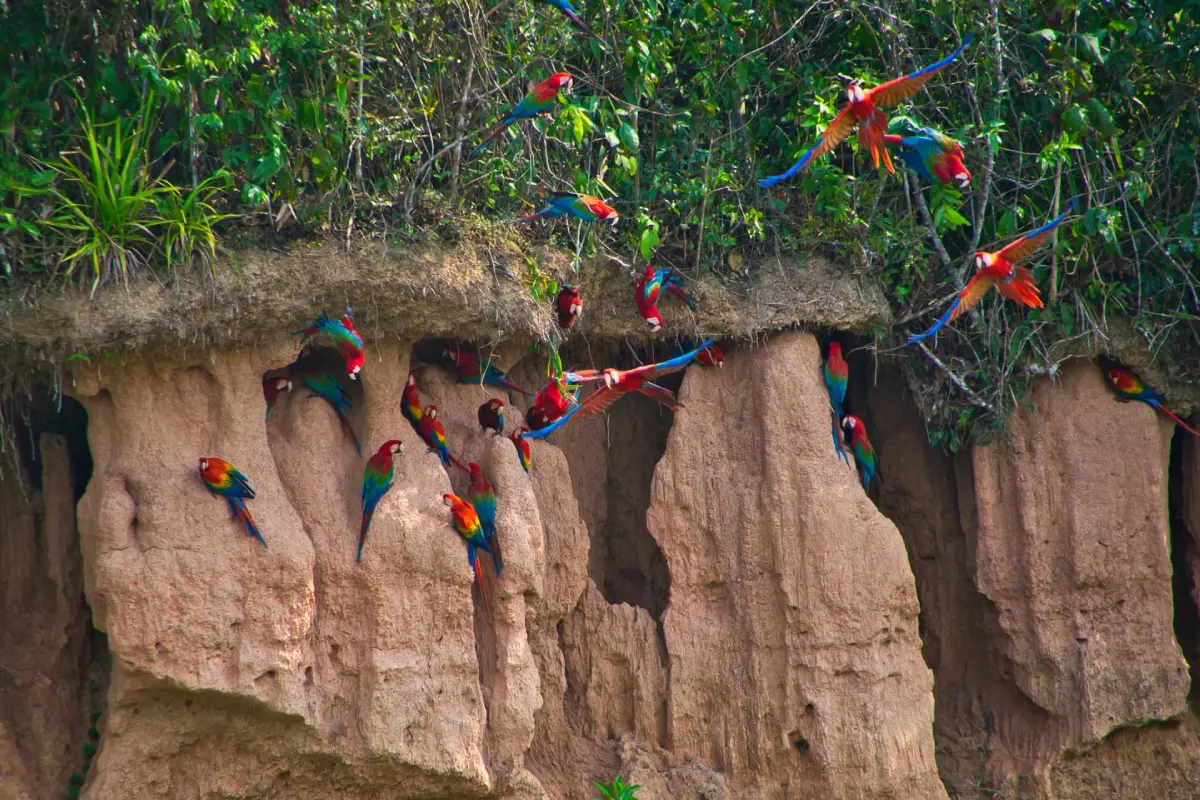
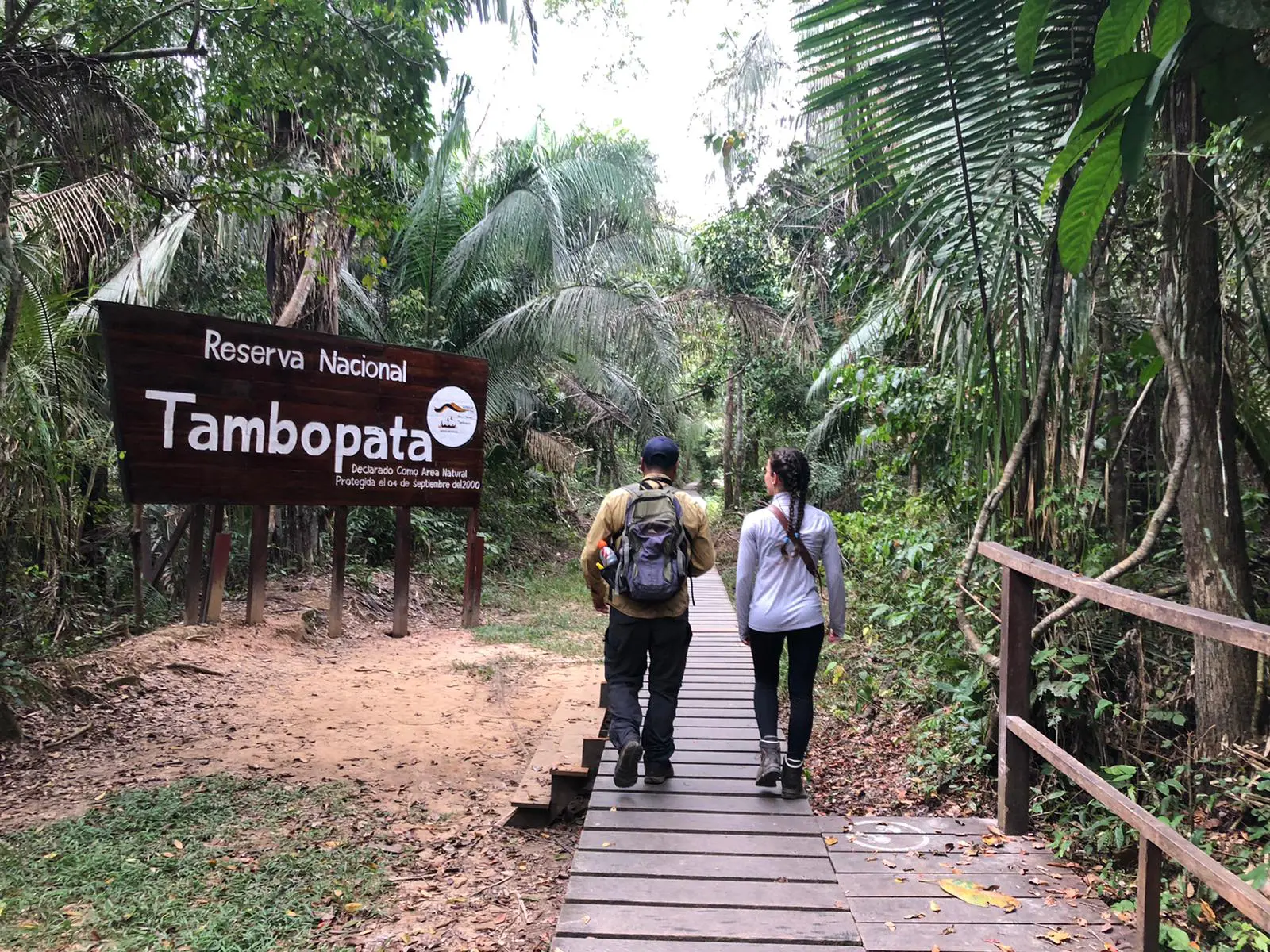
2. Colca Valley (Arequipa)
This impressive canyon is not only home to the majestic Andean condor but also to communities that maintain pre-Incan agricultural traditions.
Several rural community tourism projects allow visitors to stay with local families, learn ancestral farming techniques, and directly support the local economy.
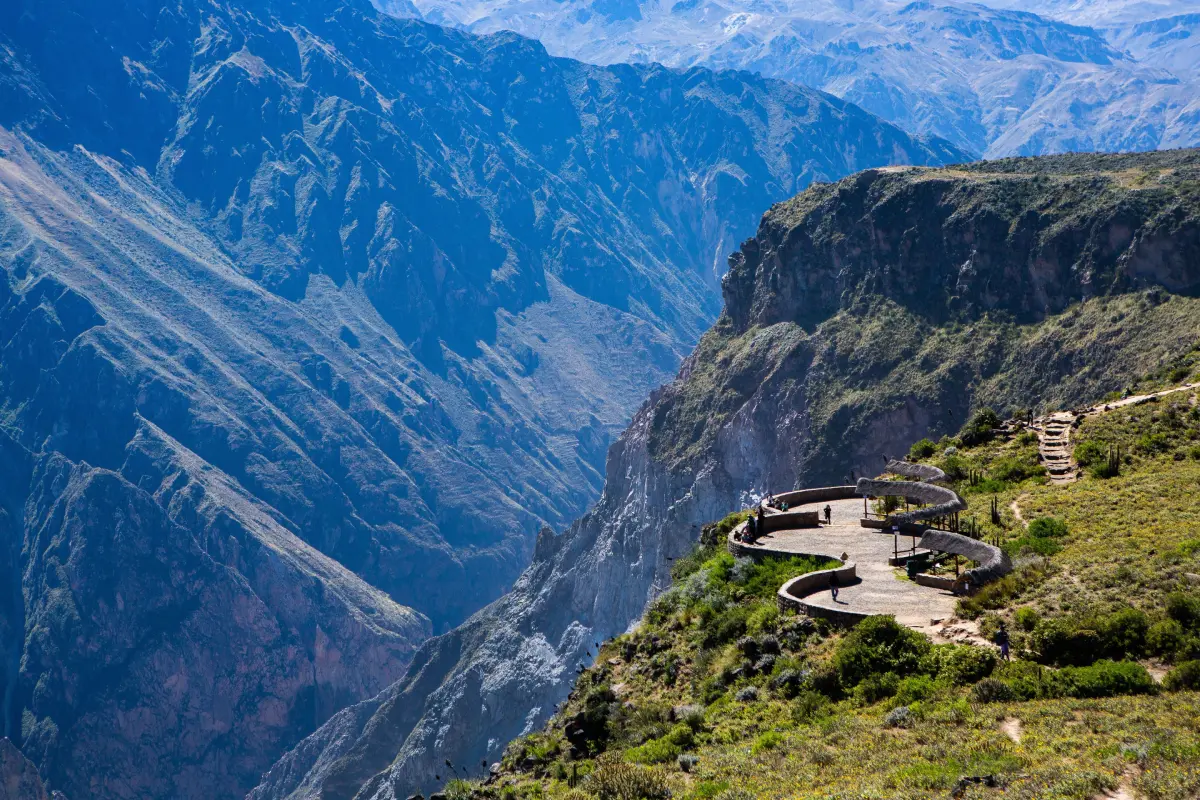
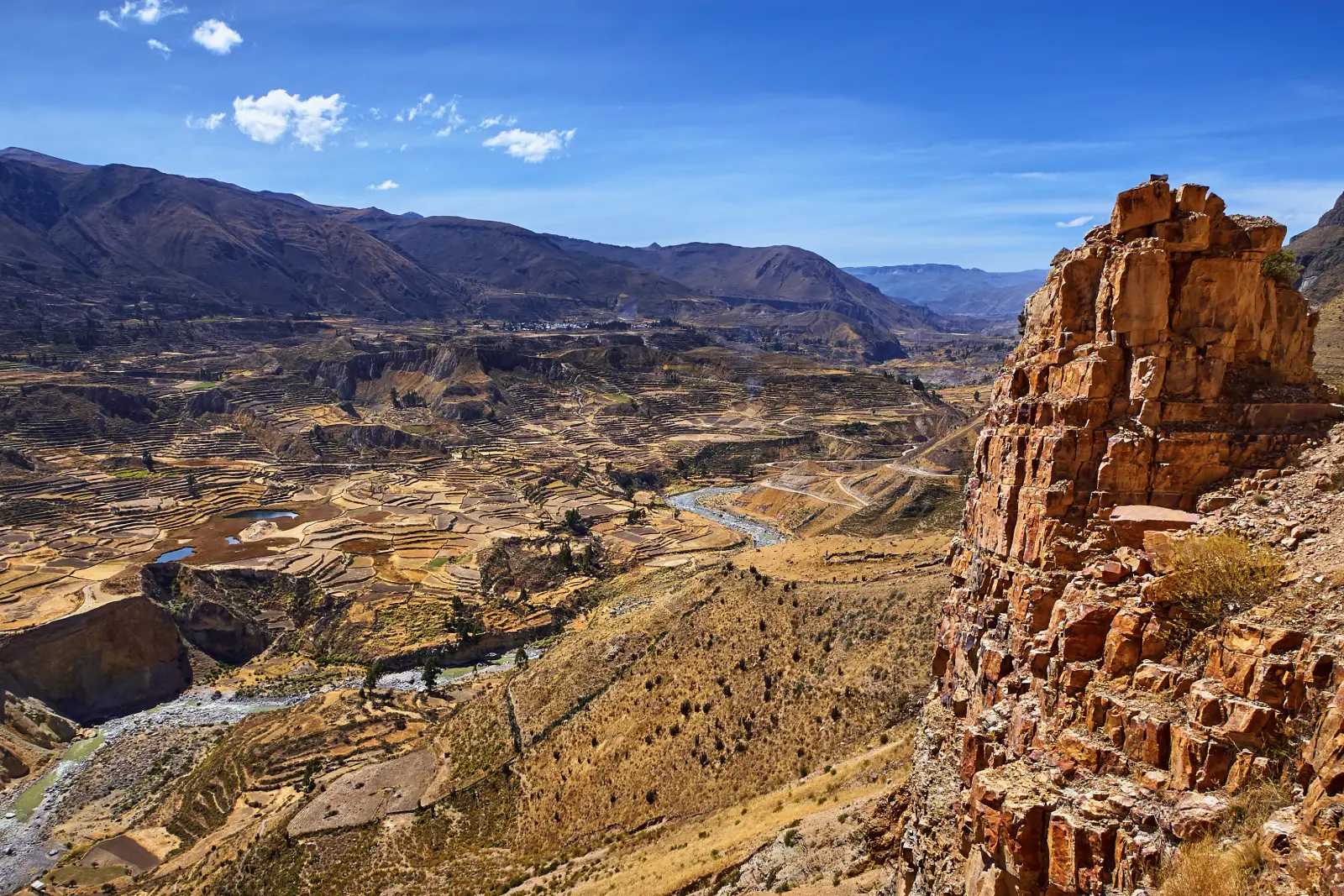
3. Taquile Island (Lake Titicaca)
The inhabitants of this island have developed an exemplary community tourism model. They are famous for their textiles, declared Intangible Cultural Heritage by UNESCO.
When visiting Taquile, you eat at restaurants managed by the community, buy crafts directly from artisans, and can stay in local family homes.
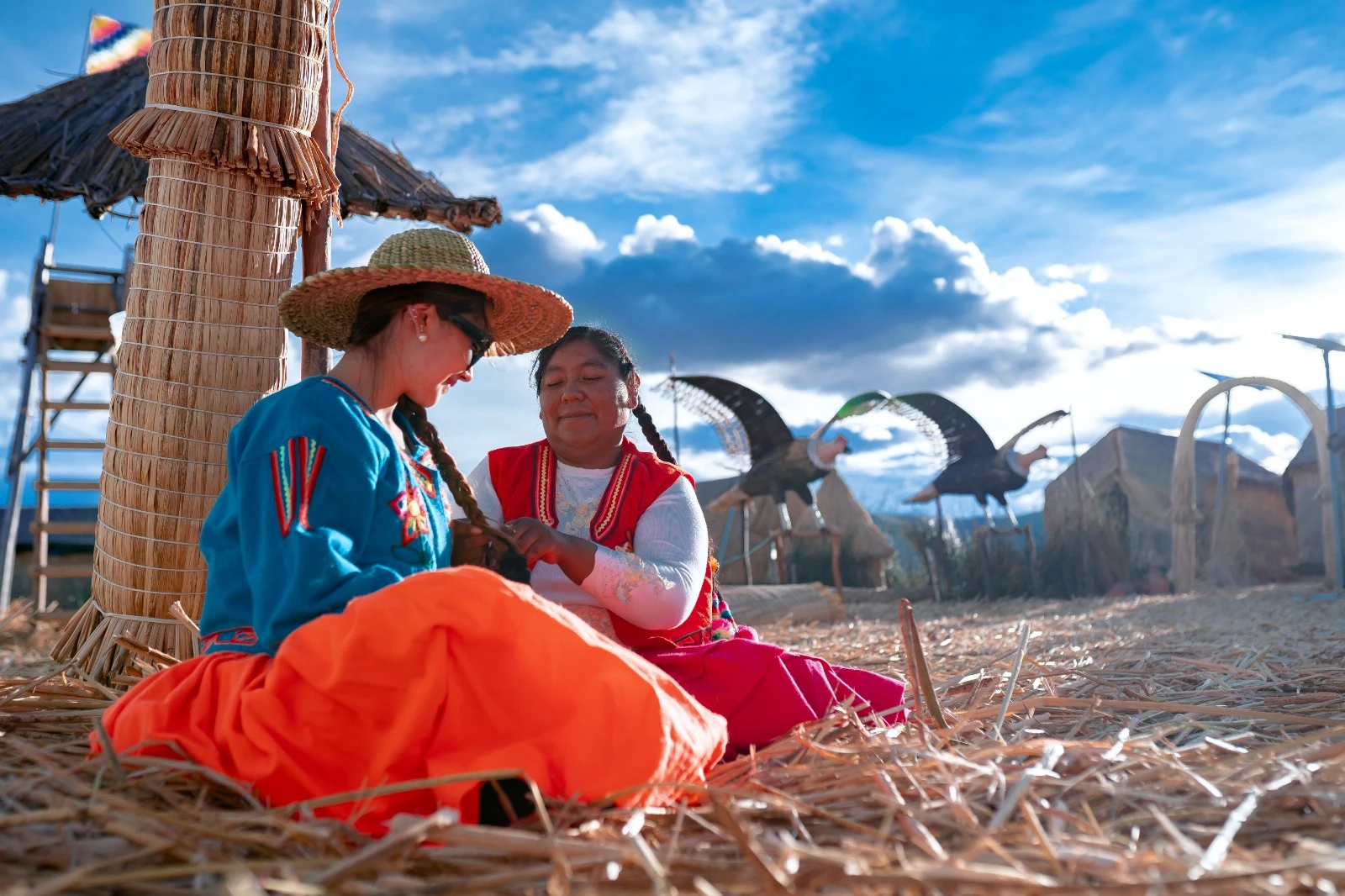
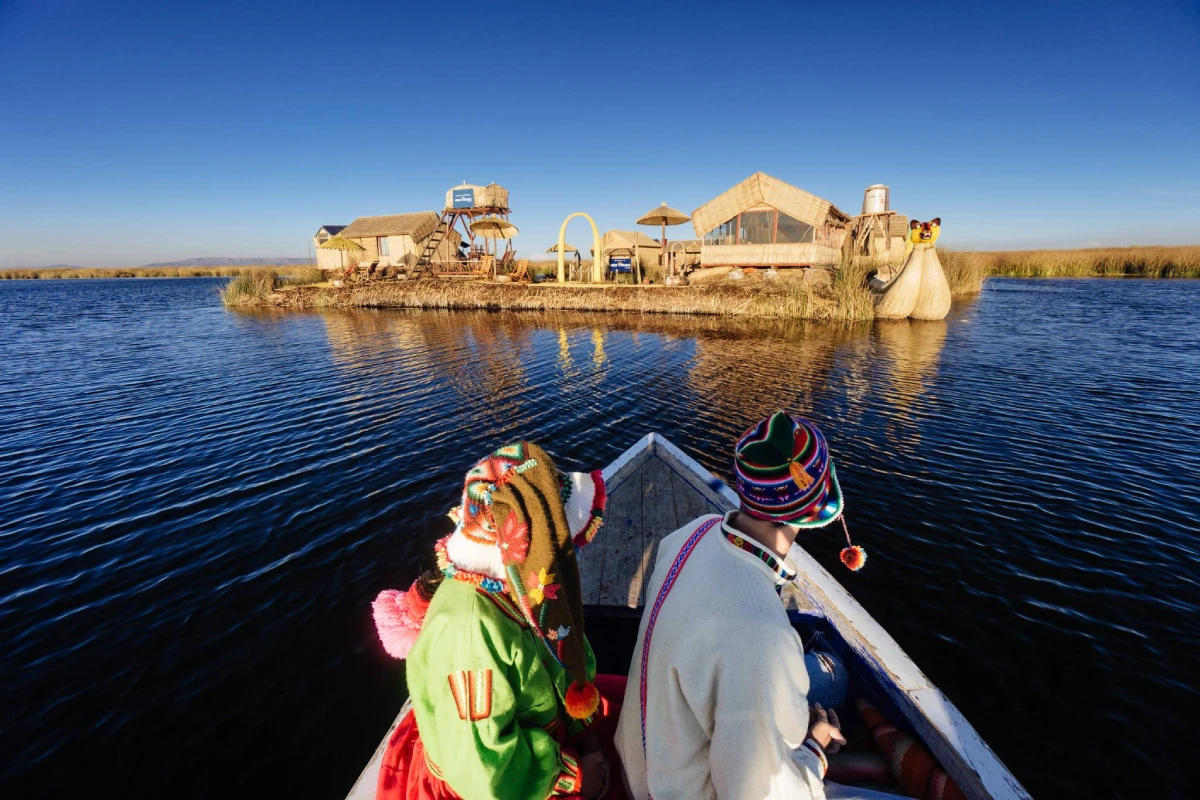
4. Chachapoyas (Amazonas)
The region of the “cloud warriors” offers impressive archaeological sites such as Kuélap and Karajía. Several communities have created sustainable tourism initiatives around these cultural treasures.
Local operators offer hiking routes that directly benefit the Andean villages of the region while preserving their ancestral traditions.
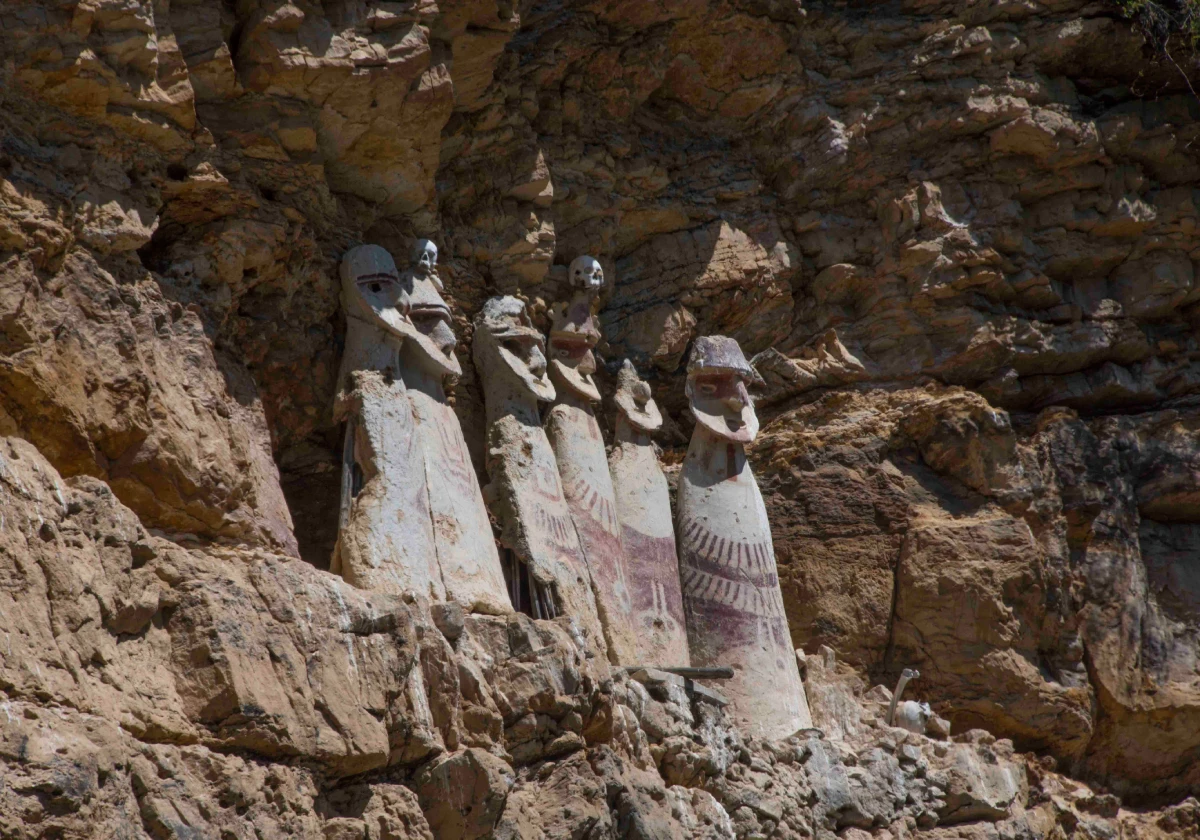
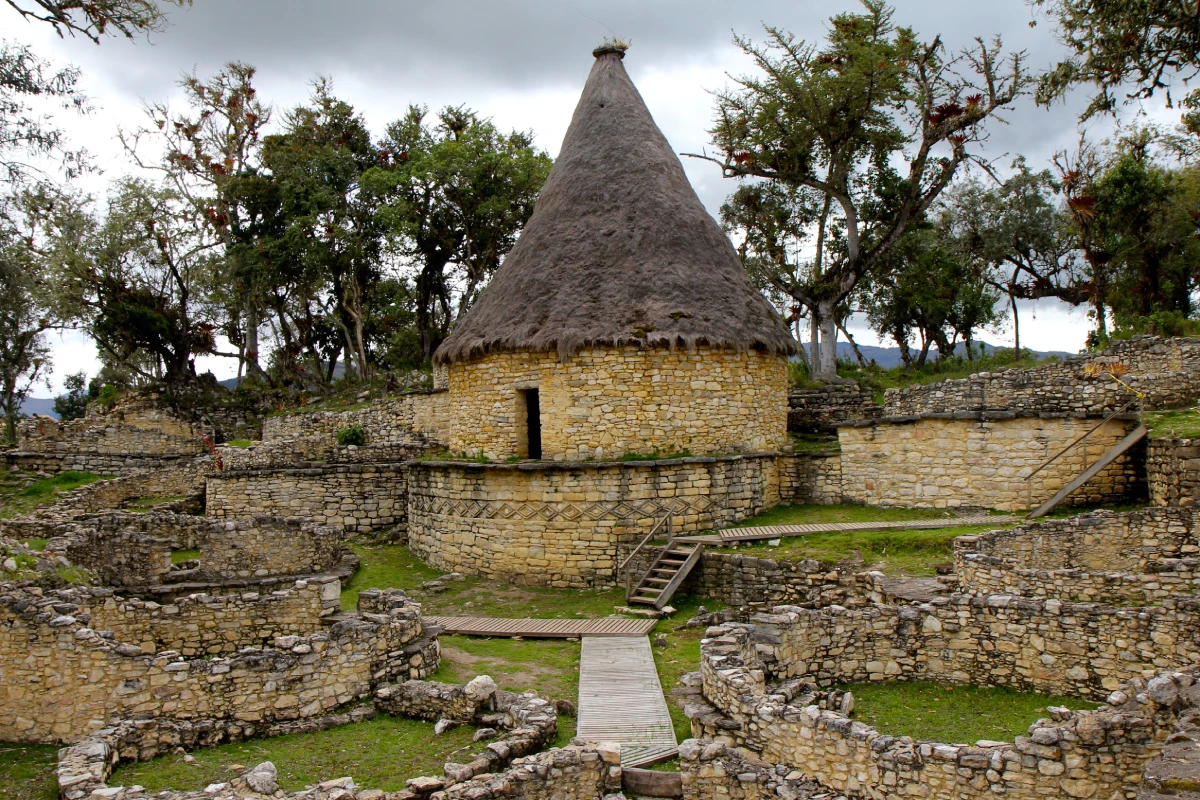
Sustainable tourism practices for your trip to Peru
Choose responsible operators
Before booking tours or accommodations:
- Look for certifications such as TourCert, Rainforest Alliance, or Travelife.
- Research if they employ local staff and pay fair wages.
- Ask about their environmental and waste management policies.
- Verify if they support community or conservation projects.
The APTAE association (Peruvian Association of Adventure Tourism and Ecotourism) brings together operators committed to sustainability.
Minimize your environmental footprint
During your trip:
- Carry a reusable water bottle and a portable purifier.
- Use biodegradable sunscreen, especially in natural areas.
- Always follow marked trails in natural areas.
- Don’t buy souvenirs made from endangered species.
- Use public transportation when possible.

Respect local culture
Peru has a rich cultural heritage that deserves respect:
- Ask permission before photographing people.
- Dress modestly, especially in traditional communities.
- Learn some basic words in Spanish or Quechua.
- Participate in rituals or ceremonies only if invited.
- Respect local norms at sacred sites.
Support the local economy
Your money can make a big difference:
- Buy crafts directly from artisans.
- Eat at locally-owned restaurants that use regional ingredients.
- Hire certified local guides.
- Stay in family or community-owned accommodations.
- Avoid excessive bargaining, remember you are supporting families.
Unmissable sustainable tourism experiences
Agritourism in the Sacred Valley
Learn ancestral agricultural techniques in communities like Mullak’as-Misminay, where you’ll have direct contact with Quechua families who preserve the agricultural knowledge of their Incan ancestors.
Experiential tourism in Lake Titicaca
Spend the night in a family home on the islands of Titicaca. In places like Amantaní or Taquile, you’ll share traditional meals and daily activities with your hosts.
Conservation volunteering in the Amazon
Organizations like ACEER or CREES offer programs where you can contribute to research and conservation projects while immersing yourself in the Amazon rainforest.
Sustainable gastronomic routes
Tours that take you from local markets to traditional kitchens, supporting producers who practice sustainable agriculture and preserve native ingredients.
Mostrar imagen
Recommended sustainable accommodations
Posada Amazonas (Tambopata)
Jointly owned by the Ese’Eja native community and Rainforest Expeditions company. It offers authentic Amazon experiences while directly contributing to forest conservation.
Colca Lodge (Colca Valley)
Uses geothermal energy from natural hot springs, employs local staff, and supports community projects in the valley.
Las Cabañas de Eco Truly Park (North Lima)
This eco-village offers accommodation in ecological cabins, organic vegetarian food, and activities such as yoga and permaculture.
Inkaterra (various destinations)
This Peruvian chain operates sustainable hotels in the Amazon, Machu Picchu, Sacred Valley, and other destinations, with strong environmental and social commitments.
Tips for visiting Machu Picchu sustainably
As Peru’s most visited destination, Machu Picchu faces particular challenges:
- Visit during low season (October-April): There are fewer visitors, and you help distribute tourism impact.
- Stay longer in Aguas Calientes: Most people make lightning visits; staying contributes more to the local economy.
- Consider alternative routes: The Inca Trail is popular, but others like Salkantay or Lares reduce pressure on a single trail.
- Respect all site rules: Don’t touch structures, don’t stray from paths, and don’t leave trash.
- Bring your lunch in reusable containers: Avoid single-use plastics.

The future of sustainable tourism in Peru
The Peruvian government has recognized the importance of sustainable tourism through initiatives such as the National Tourism Quality Plan (CALTUR) and the National Community Tourism Strategy.
More and more communities are developing their own tourism projects, regaining control over their cultural and natural resources.
As a traveler, your choice to support sustainable tourism helps ensure that:
- Indigenous communities can maintain their lands and traditions.
- Peru’s unique ecosystems are preserved for future generations.
- The economic benefits of tourism are distributed equitably.
Useful resources for planning your sustainable trip to Peru
- PROMPERÚ official page: peru.travel – Official tourism information with sustainability section.
- TuRuta Perú: Platform that connects travelers with rural community tourism experiences.
- Peru Sustainable Tourism Certification: Look for establishments with the “Peru Sostenible” seal.
- Peruvian Association of Adventure Tourism and Ecotourism (APTAE): Lists operators committed to sustainable practices.
Conclusion: A shared commitment
Sustainable tourism in Peru is not just a trend but a necessity to preserve the country’s extraordinary natural and cultural heritage. As a traveler, you have the power to make a difference with every decision you make.
By choosing responsible operators, respecting local cultures, caring for the environment, and supporting community economies, you help create a tourism model that benefits everyone: visitors, local communities, and the destination itself.
Peru offers you unforgettable experiences. In return, your responsible travel contributes to ensuring these wonders are available for future generations.
Contact Us:
For more information, please contact us DREAMY TOURS, we will be happy to answer all your questions about Peru, Bolivia and Chile.
We specialize in tours and travel packages as a Travel Agency. If you need information, please contact us.
We offer tours, excursions – Peru – Bolivia – Chile:










